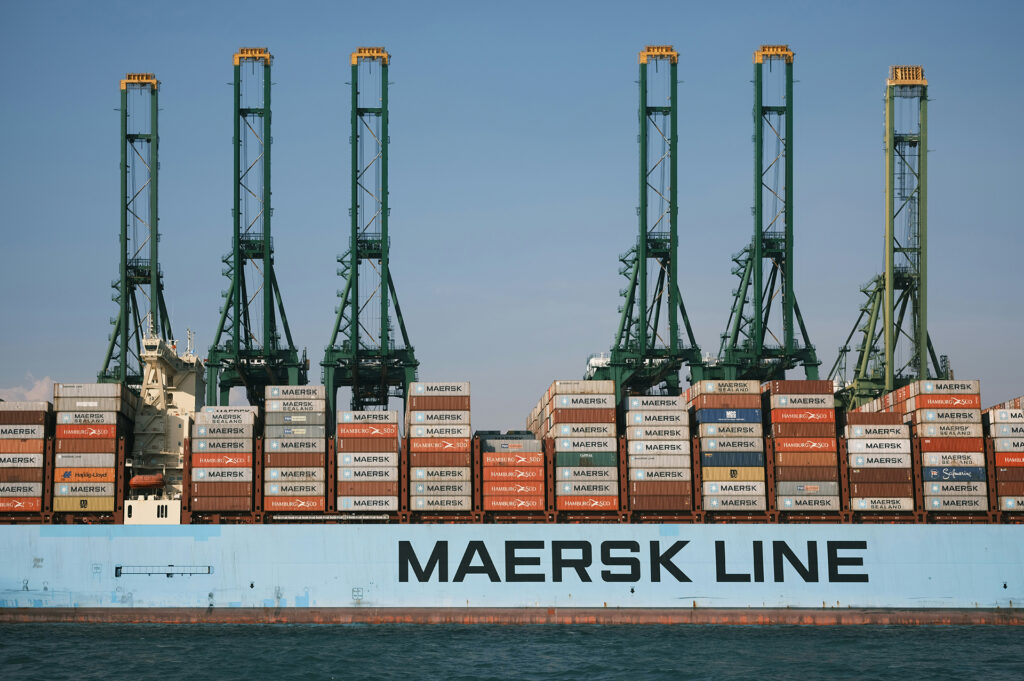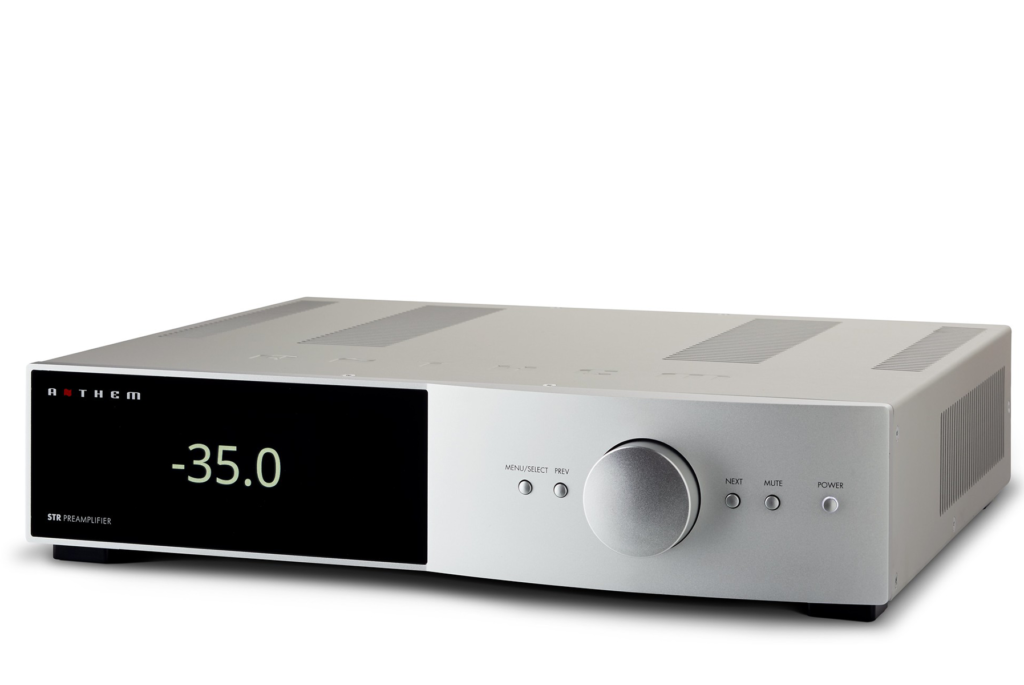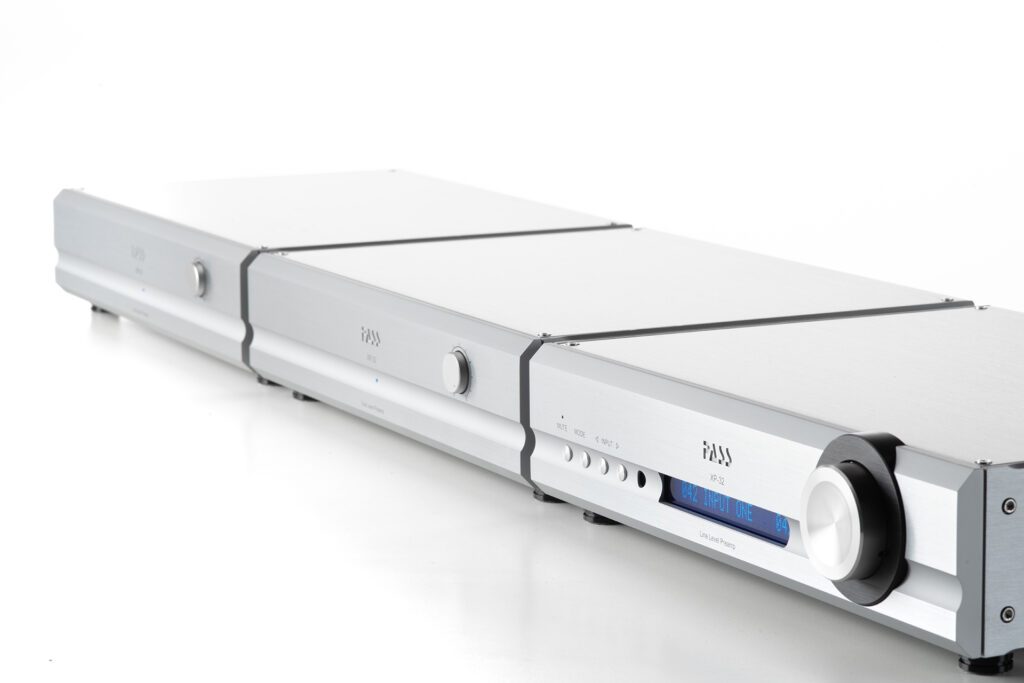Have you noticed that the price of audiophile components always go up but seemingly never go down? This phenomenon started in earnest during the COVID-19 pandemic’s widely publicized supply chain issues. Simply put: everybody was pretty much stuck at home and couldn’t spend their money on consumable or experiential events such as concerts, movies, dinners out, sporting events and so on, thus they started investing in activities that could be done at home such as listening to music, watching the best television shows on TV and beyond. The demand for consumer electronics goods during this unprecedented era was unforeseen and, when paired with issues like the loading and unloading at the Ports of Los Angeles and Long Beach, where over 40 percent of the nation’s consumable goods arrive, goods got expensive – and quickly. If you wanted that new stereo preamp (likely made in part or in total in Vietnam) – you’d better have placed your order because inventories were running out, quickly.
Eventually, the pandemic morphed into a long-term endemic and people eventually got back to doing more normal activities – thankfully, without the need for N-95 masks. What didn’t happen was, when demand normalized and supply chains normalized, prices for audio gear never reset to pre-pandemic levels. They just never did. Consumers are expected to pay for the issues from the pandemic forever, and pretty much we all have. Dynamically-priced products like gasoline are not at the levels of my record spend of $7.89 per gallon in Big Sur, California during the peak of the pandemic, but have those headphones or bookshelf speakers or subwoofers gotten less expensive? Nope. They are now more expensive – often much more expensive.

Fears of Tariffs Are an Excuse to Raise Audiophile Component Prices Again …
Audiophile companies have much to be fearful of, thanks to our current leadership in the White House and its supplicant Congress. Painfully empty threats of tariffs on incoming overseas goods are supposed to “Make America Great Again,” assuming one doesn’t understand a single thing about a globalized economy. Need an audiophile example? Neodymium is needed to make ultra-light magnets that go into every pair of modern audiophile speakers. The idea that you can, in the blink of an eye, move all of the world’s loudspeaker manufacturing back to the United States is not just absurd, it is literally impossible. Doing it without key rare earth materials like neodymium for speaker magnets is only one part of the problem, but a big one that has caused the current U.S. administration to waffle on its short-term but hardline stance with China. We might have some of these materials locally in the United States, but it is China that is digging them out of the ground and selling them globally. Now, said rare earth materials are being sold to other countries, thus not being used for 2,000-ton J-DAM bombs, iPhones or $50,000-per-pair speakers. We lost the game of chicken with China right then and there – mere months into the saber rattling.
At the time of writing this argument, the United States and China have “paused” certain tariffs while they try to work out how the number one and number two economies in the world can keep trading together. It turns out imposing tariffs on our enemies as well as our most important allies, or even the non-existent people of uninhabited islands, isn’t very sound political or economic strategy. While the tariffs are paused, price increases have become the norm and that hasn’t escaped the audiophile world. Audiophile components are going up at a far faster rate than overall inflation.
One audiophile speaker company close to FutureAudiophile.com reports that their widely-distributed $1,000 subwoofer will cost $2,250 when 145-percent tariffs on China potentially kick in. This company was smart enough not to add the price increases to their current inventory that isn’t impacted by said pending tariffs. With that said, other audiophile companies are more opportunistic and have raised prices as if the presidential tariffs are a fait accompli. Simply put, nobody knows what the tariffs will be when the dust settles. Signs from recent negotiations with China suggest that the idea of gigantic 145-percent tariffs might be a little high, but that’s not keeping some companies from nearly doubling the price of their goods to add pure profit dollars to their bottom line over the threat of possible tariffs. Needless to say, your next audiophile upgrade isn’t going to cost what it does today or what it cost yesterday. That’s a safe bet, even in the first down economy in 17 years.

Your Audiophile System is Likely Worth More Money Today Than It Was in 2024
Even if you haven’t invested in any upgrades or cutting-edge gear, your audiophile system is possibly worth more today than it was a year ago. Here’s an example from my world that affects two of our staff writers. For years, I have used the Anthem STR preamp (read the review) in my reference system. Post-Palisades Fire, I am taking my now fully dismantled system and reconfiguring it for a day when State Farm actually pays our well-under-policy-limits claim and we can start doing the toxic abatement work that the insurance company doesn’t want to pay for. After getting my beloved Anthem STR re-boxed and factory cleaned, tested and inspected, I recently sold it, after years of trusty use. The retail price is now $4,300 – not the $4,000 retail when many of us on staff bought the unit. The specs on the unit are still the same, but now the retail price is higher. Paradigm, the parent company of Anthem, does a great job with creating consumer demand for Anthem gear, as this preamp is one that sells more often than any other from our reviews (Crutchfield links – thanks for buying there, btw, it actually helps offset the editorial cost of a non-paywall content site like ours). In the end, I was able to get an extra few hundred bucks to put towards my pending lower-end front-end gear or my fancy new super-fancy, three-chassis Pass Labs XP-32 (read Jim’s review) stereo preamp, designed by Wayne Colburn. Either way, I got more value from my old gear than I likely would have a year ago. There is likely at least one component in your audiophile system that has a comparable amount of increase in value.

How to Not Get Crushed on the “Buy Side” of an Audiophile Trade
The oldest axiom on Wall Street is to buy low and sell high. Good advice today as it always has been. I just showed you a sell-high outcome (a few hundred bucks), but those gains could be easily lost thanks to modern audiophile gear price increases. So, what is a savvy audiophile to do?
Then first thing is, if you are making an upgrade in the audiophile world – look for products that are not susceptible to big price increases. We haven’t raised prices on our ads here at FutureAudiophile.com since we launched in late 2022. We are kind of proud of that fact. There are also audiophile companies that are in the same basic boat in terms of price stability. For example, I was talking with Mat Weisfield, who is the president of VPI Turntables. While not a political move at all, they make their sexy-AF turntables in New Jersey in a factory located not too far from the Bada Bing! And, much like a lap dance to a disturbingly short edit of Def Leppard’s “Pour Some Sugar On Me” at the Bing, VPI’s prices remain stable today. Dealers can’t believe it. The same goes for distributors in international markets. Consumers love it and support the brand for obvious reasons. If you are selling a lesser spinner of vinyl in order to purchase a VPI, then you can parlay your earlier audiophile investment into something more fantastic without taking the price beating on the buy side of the trade.
VPI isn’t the only company to not raise prices in the modern era, but it is hard. Some companies have literally no choice, as they must import and the tariffs are not on hold, thus their costs are much higher and must be passed on to the consumer to keep the company viable. You can’t punish the companies that are being handed a brutal hand of cards, but every audiophile has to make the best decision on how to make their next audiophile upgrade. Many more inelastic products and services are more expensive today (wife’s EV is $350 a month more for insurance, non-paying State Farm insurance is now $1,600 a month, up from $650 last year – pre-fire), thus the idea of buying no new audio gear is a viable decision for many enthusiasts, too. Nobody “needs” (even if it feels like we do) a new DAC or tonearm.

Final Thoughts and Strategies on Getting the Most Value in a Modern Audiophile System …
Many retailers stocked up on gear before the election and they are ethically selling products based on the original costs – not today’s tariff-influenced dealer costs. Demo components can be a good way to find value in today’s audiophile market. If a dealer bought that Class-AB power amp a year ago, their costs are much lower than they might be today and that cost basis should be shared with you, the consumer. If they won’t do that – run, don’t walk – away from them, as they are exploiting you. Most audiophile retailers know what a fair margin is and values your working relationship far more than to nail you on one wildly profitable deal.
The reality is that there is no way to put the tariff genie back in the bottle. The damage that we’ve done to our economy with our current America First take is going to be hard, if not impossible, to mitigate. With that said, that doesn’t mean that your audiophile gear (think: your used car or lease return circa 2021) is likely worth more than when you bought it. Moreover, if you are creative, you might be able to buy back (or up) in the audiophile market, where you might just win on both sides of the deal.
How have the tariffs impacted your upgrade plans – if at all? Have you found any unique ways to invest in new gear without getting crushed on price? Share with us and we will publish your comments here in our moderated comments.




Hi Jerry, good article. I do hate how so many prices seem to go up higher than inflation or even the new tariff rates. I have seen some Japanese brands that have not raised prices over the years and even a couple that have lowered prices. I have been a long time Accuphase owner, and they have a lot of products whose price today is lower than it was before COVID. Considering that the US dollar is up around 50% versus the Japan yen, I think their importers can still make plenty of profit. Although it may not have helped the value on the Accuphase products I own, I am very happy that the new Accuphase products I am looking at are not more expensive. I wish that more Japan brands would consider the extra profits from a strong dollar into their US prices.
thanks for your kind words and insightful comments.
Many companies jacked their prices BEFORE the tariffs too and have kept them there based on 145% on China.
We all have to make decision on what we buy re: value. I test drove a Bentley Bentaga (SUV) which lose a TON of value used but break like a cheap turntable. I bought a used Mercedes EQS with 16K miles on it., 3 year factory warranty etc… 1/6 the price. Forget money – the Benz is a better car. In the audiophile world, rarely is cheaper better because of the way things were. We aim to change that for future audiophiles. 🙂